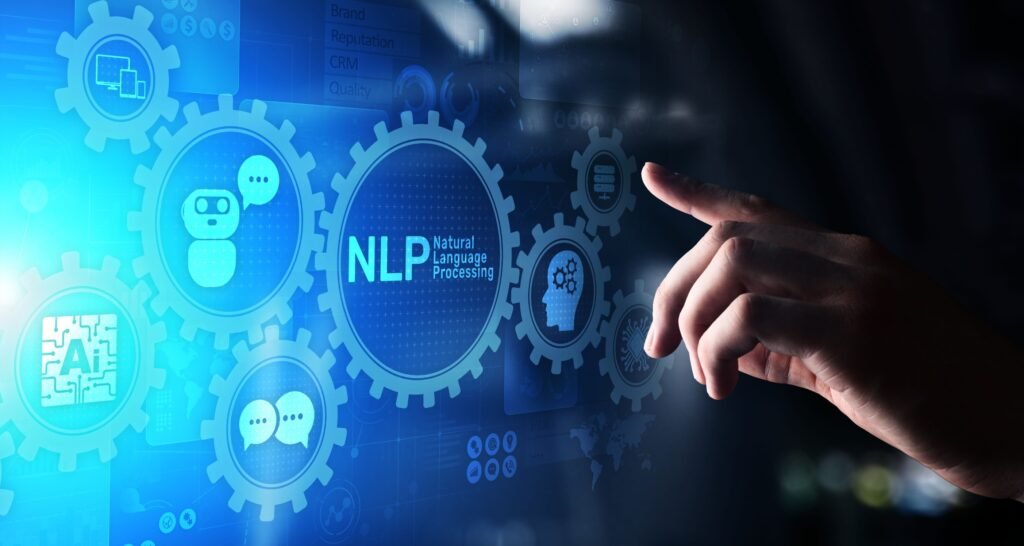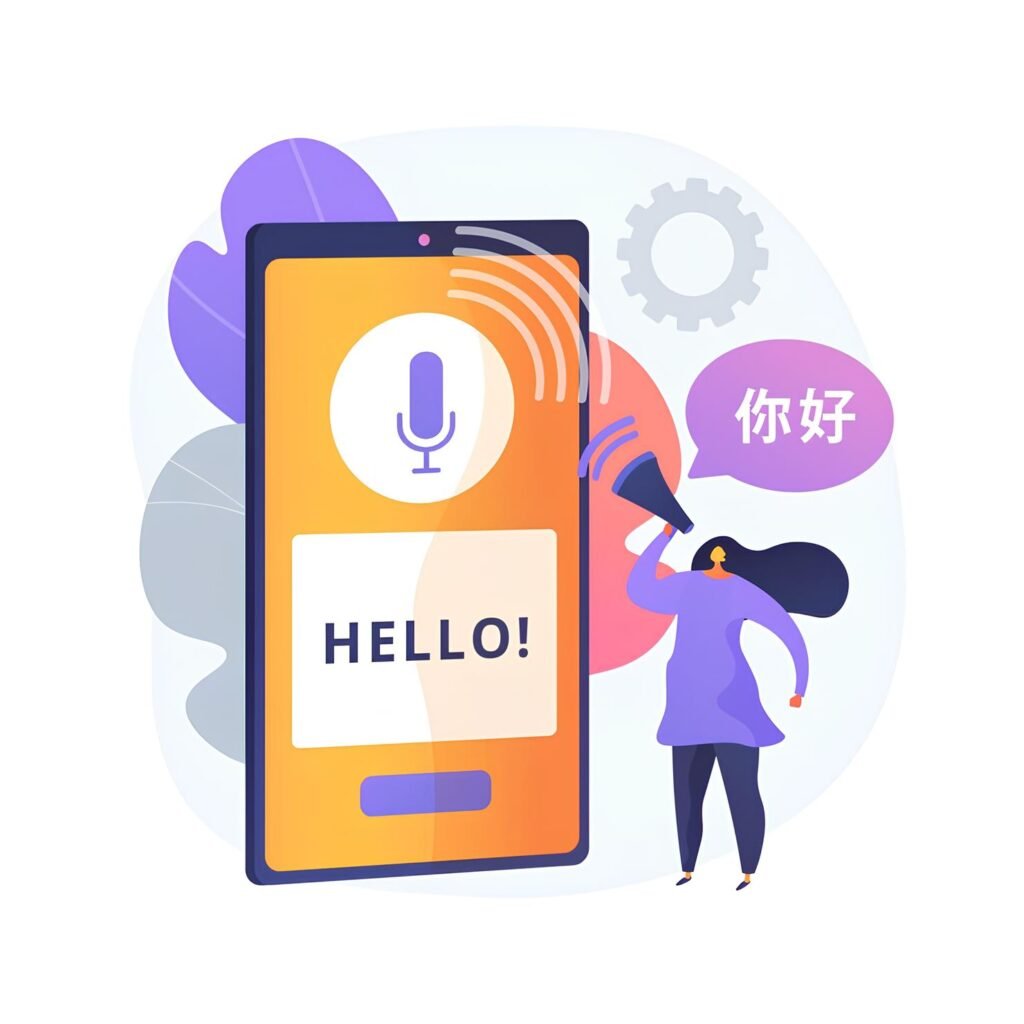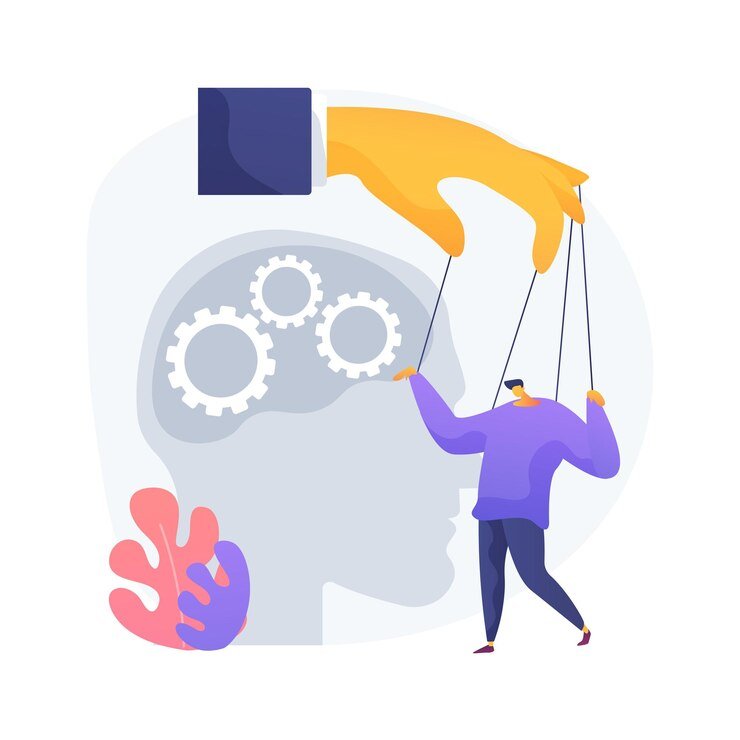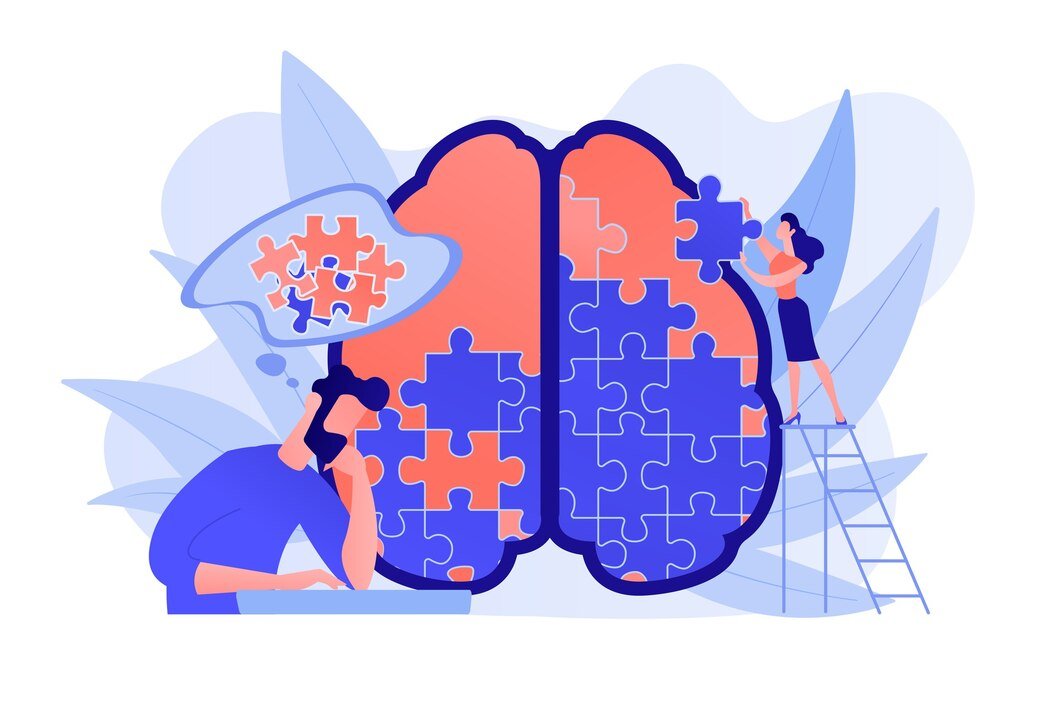Natural Language Processing (NLP) is revolutionizing how humans interact with technology. From virtual assistants like Alexa and Siri to chatbots on websites, NLP is at the heart of machines understanding and responding to human language. But what exactly is NLP, and how does it work? In this blog, we’ll dive deep into the concept, applications, and real-world benefits of NLP in a way that’s easy to understand.
What is Natural Language Processing (NLP)?
Natural Language Processing is a branch of Artificial Intelligence (AI) that enables machines to understand, interpret, and generate human language. NLP bridges the gap between human communication and machine understanding, allowing computers to process and analyze large amounts of natural language data (text or speech).
In Simpler Terms:
Imagine talking to a computer and having it understand exactly what you’re saying. That’s what NLP does. It allows computers to:
- Understand the meaning behind human words.
- Analyze language (spoken or written).
- Generate human-like responses.

Image Source: [Comp & IS, Uni Melb]
How Does NLP Work?
NLP combines computational linguistics (the structure of language) with machine learning algorithms to achieve its goals. The process typically involves two key steps:
1. Natural Language Understanding (NLU):
- The computer reads and comprehends what humans are saying.
- Example: Breaking down a sentence into parts like nouns, verbs, and objects.
2. Natural Language Generation (NLG):
- The computer responds in a meaningful way.
- Example: A chatbot answering your question accurately.

Image Source: [Medium]
Core Techniques Used in NLP:
- Tokenization: Breaking text into smaller pieces (words or phrases).
- Sentiment Analysis: Determining the emotional tone of text (e.g., positive, negative).
- Named Entity Recognition (NER): Identifying names, places, dates, or other key entities.
- Stemming and Lemmatization: Reducing words to their base forms (e.g., “running” → “run”).
- Machine Translation: Converting text from one language to another (e.g., Google Translate).
Applications of NLP in Everyday Life
NLP is all around us, even if we don’t realize it. Here are some common applications:
1. Chatbots and Virtual Assistants
Virtual assistants like Siri, Alexa, and Google Assistant use NLP to understand commands and provide responses. Chatbots on websites also rely on NLP to answer FAQs and resolve customer issues quickly.

2. Language Translation
Tools like Google Translate help users communicate across languages. NLP enables real-time translation of both speech and text.
3. Sentiment Analysis
Businesses use NLP to analyze customer feedback and social media comments to gauge public sentiment about their brand.
Example: Analyzing reviews to determine if they’re positive or negative.

4. Voice Recognition
NLP powers speech recognition tools that convert spoken words into text. This technology is used in tools like dictation software and voice search on Google.
5. Content Summarization
NLP can summarize large chunks of text to highlight key points. This is useful for news apps or research tools.

6. Search Engines
When you type a question into Google, NLP helps the search engine understand the intent behind your query and deliver the best results.
Why is NLP Important for Businesses and Individuals?
- Automation: Reduces manual work by automating tasks like answering customer inquiries or analyzing data.
- Improved Communication: Enables better human-computer interaction through tools like chatbots and voice assistants.
- Efficiency: Speeds up processes like content creation, translation, and analysis.
- Customer Insights: NLP helps businesses understand their customers’ needs by analyzing reviews, surveys, and feedback.
- Personalization: From recommending movies on Netflix to suggesting products on Amazon, NLP tailors experiences for users.

Challenges in NLP
While NLP has made great progress, it still faces some challenges:
- Ambiguity: Human language is full of sarcasm, slang, and ambiguity, which makes it hard for machines to understand.
- Context Understanding: Machines sometimes struggle to understand the deeper meaning behind words.
- Multilingual Processing: Handling multiple languages, dialects, and accents remains a challenge.

The Future of NLP
The future of NLP looks promising, thanks to advances in machine learning and deep learning. Here are some trends to watch:
- Improved Accuracy: AI models like GPT-4 are making NLP more accurate and efficient.
- Multilingual Capabilities: Better tools for real-time translation and global communication.
- More Personalized Interactions: Enhanced customer experiences with smarter virtual assistants.
- Healthcare Applications: NLP helps doctors analyze medical records and recommend treatments.

Final Thoughts
Natural Language Processing (NLP) is transforming the way humans interact with machines. From virtual assistants to search engines, NLP is everywhere, making our lives easier and more connected. As technology advances, NLP will continue to play a key role in communication, automation, and decision-making.
Whether it’s understanding customer feedback, translating languages, or simply chatting with a virtual assistant, NLP is the silent force making machines smarter and more human-like.












